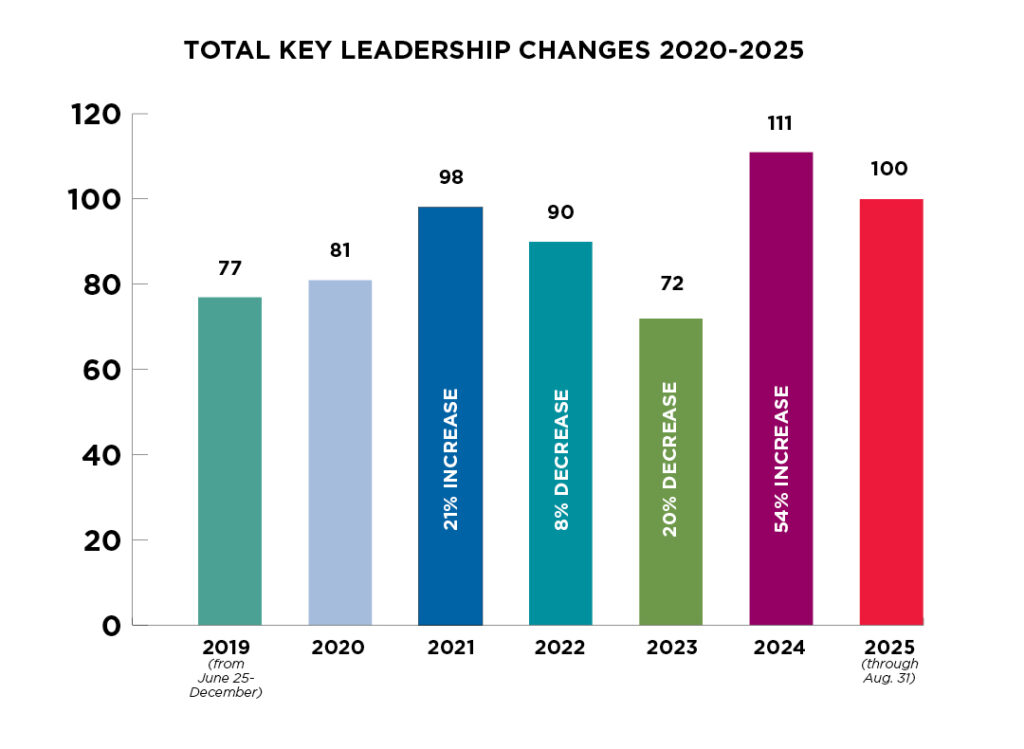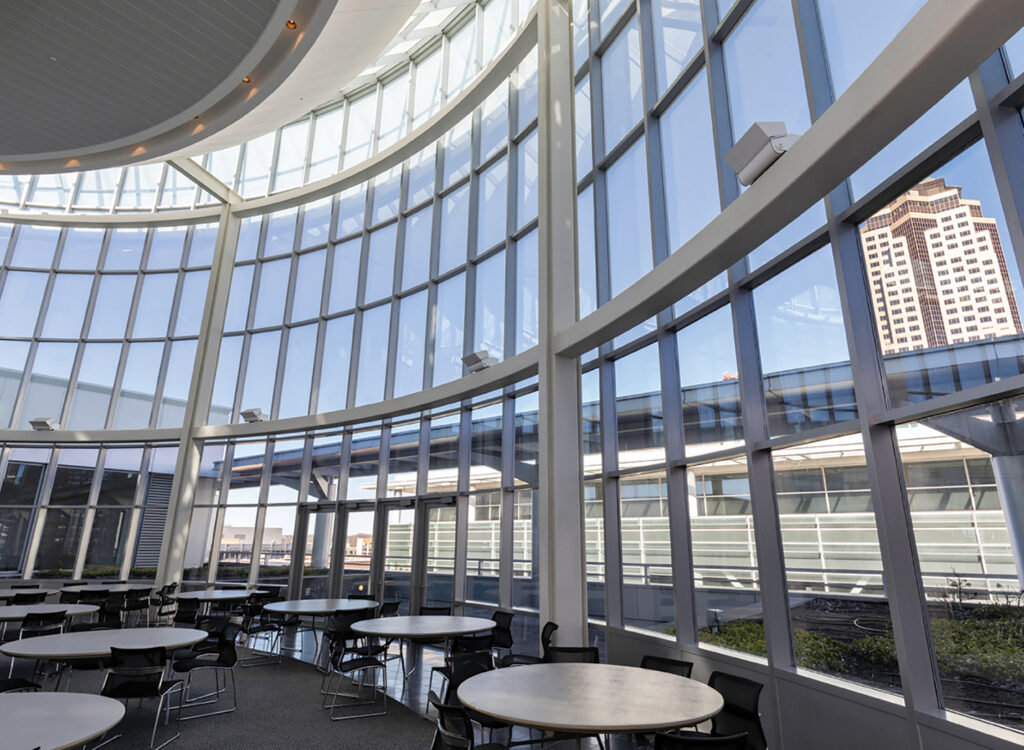The Elbert Files: Fixing the economy

As we begin a new growing season, here are some random thoughts about the economy: some good, some not-so good and a bit of whimsy.
The good: A year ago, I was worried that falling farm prices might result in lower income tax and sales tax receipts, putting a crimp in the amount of money available for schools and other state-supported programs.
But I was wrong. That has not happened.
The Fiscal Division of the Iowa Legislative Services Agency reported recently that tax receipts for the current fiscal year are expected to increase by $330 million, or about 5.3 percent from a year ago.
It would be nice if the Legislature would share some of that largess with Iowa schools, which have waited too long this year to learn how much the state will give them.
If nothing else, the higher tax receipts are evidence of how well protected farmers are by the government’s new safety net.
Not so good: Economist James Paulsen has identified what he believes is a structural flaw in the U.S. economy.
Paulsen, who is the chief investment strategist for Minneapolis-based Wells Capital Management, writes about it in a recent newsletter that focuses on the slowness of the current economic recovery.
The article – titled “Demand-Side Policies for Supply-Side Problems?” – argues that government policy is trying to increase demand with low interest rates and government spending, while the real problem is on the supply side where growth of the labor force and technology that boosts productivity have slowed significantly.
Neither has kept pace with previous experiences, he said, which is why GDP growth coming out of the 2007-09 recession has been significantly slower than recoveries dating back to the 1960s.
The problem with the labor force, he explains, is that “the highly productive and rapidly growing U.S. baby-boomer era” was followed with significantly lower birth rates, which have not produced the number of workers needed to keep the economy moving at the pre-1990 pace.
Nor has business replicated the innovative growth that fueled the economy during the 1990s and early 2000s.
Paulsen sees two possible solutions, although he admits both will be difficult to achieve in today’s political climate.
One is to expand the labor force by loosening immigration restrictions.
“Reopening Ellis Island would help boost labor supply growth and raise the speed of future recoveries,” he says.
His other solution is to improve productivity through increased research and development spending in both the private and public sectors.
Whimsy: With the summer travel season approaching, I’ve been thinking how nice it would be to travel in Europe now that the dollar is at a 10-year high and worth about 20 percent more than the last time I was there in 2013.
But that’s only on the continent. The British pound is only marginally weaker. So travel in England, Scotland and parts of Ireland won’t be the bargain that Spain, France, Germany and Holland are.
If you travel to Europe, here’s something to consider. A new Bloomberg Markets Global Poll finds that investment professionals believe the euro zone “offers the best opportunities over the next year.”
The Bloomberg Poll, which is conducted by Des Moines pollster J. Ann Seltzer, has been asking the experts where in the world the best investment opportunities are since 2009.
China was the top pick that first year, but ever since the United States has been number one.
This time, the euro zone was chosen by 35 percent of investors and the U.S. by 33 percent. India was next at 27 percent, followed by China, Japan, Russia and Brazil. The United Kingdom was last with only 8 percent of investors saying it has the best opportunities.










